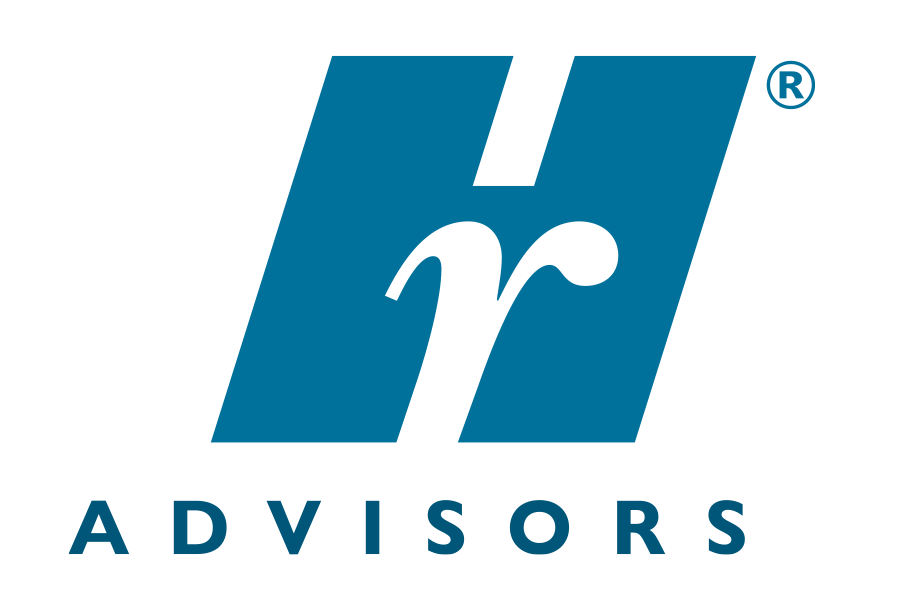Federal and California COVID-19 Guideline Updates
Revised CDC Guidelines for COVID-19
The Centers for Disease Control and Prevention (CDC) currently recommends a quarantine period of 14 days. However, based on local circumstances and resources, the following options to shorten quarantine are acceptable alternatives.
Quarantine can end after Day 10 without testing and if no symptoms have been reported during daily monitoring.
When diagnostic testing resources are sufficient and available, then quarantine can end after Day 7 if a diagnostic specimen tests negative and if no symptoms were reported during daily monitoring.
In both cases, additional criteria (e.g., continued symptom monitoring and masking through Day 14) must be met.
California’s COVID-19 Emergency Temporary Standards
The Department of Industrial Relations’ Occupational Safety and Health Standards Board adopted California's Occupational Safety & Health Act (Cal/OSHA) emergency temporary standards effective November 30, 2020.
The temporary standards are to protect workers from hazards related to COVID-19, and applies to all employers, employees, and to all places of employment with three exceptions:
Workplaces where there is only one employee who does not have contact with other people
Employees who are working from home
Employees who are covered by the Aerosol Transmissible Diseases regulation
Under the new regulations, employers must have a written COVID-19 Prevention Plan that addresses the following:
System for communicating information to employees about COVID-19 prevention procedures, testing, symptoms and illnesses, as well as a system for employees to report exposures without fear of retaliation.
Identification and evaluation of hazards (screening employees for symptoms and identifying workplace conditions and practices that could result in potential exposure).
Investigating and responding to cases in the workplace (responding immediately to potential exposures by following steps to determine who may have been exposed, providing notice within one business day about potential exposures, and offering testing to workers who may have been exposed).
Correcting COVID-19 hazards including unsafe conditions and work practices, and providing effective training and instruction.
Implementing physical distancing measures to ensure workers stay at least six feet apart from other people if possible.
Providing face coverings and ensuring they are worn.
Adopting site-specific strategies such as changes to the workplace, schedules, and providing personal protective equipment.
Positive COVID-19 case and illness recording requirements and making the COVID-19 Prevention Plan accessible to employees and employee representatives.
Removing COVID-19 exposed workers and COVID-19 positive workers from the workplace with measures to protect pay and benefits.
Criteria for employees to return to work after recovering from COVID-19.
Requirements for testing and notifying public health departments of workplace outbreaks (three or more cases in a workplace in a 14-day period) and major outbreaks (20 or more cases within a 30-day period).
Specific requirements for infection prevention in employer-provided housing and transportation to and from work.
If you are an employer operating in a city or county with local health ordinances that differ from the ones above, you must follow the more stringent requirements.
